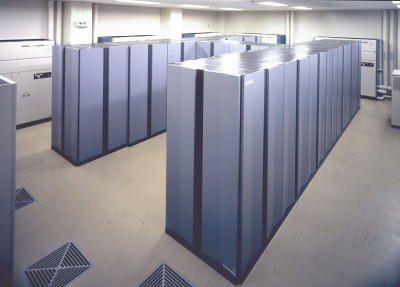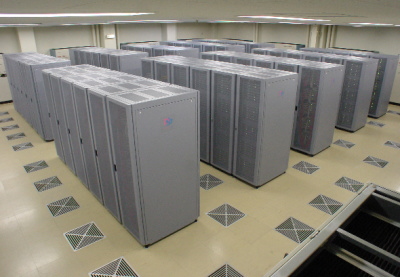
|
|
|
|
|
|
|
|
|
|
|
|
|
|
|
|

|
Our understanding of the fundamental constituents of Nature and their interactions are concentrated in the Standard Model which consists of Quantum Chromodynamics for the strong interaction and Weinberg-Salam Theory for the electro-weak interactions. In order to verify and extract predictions of the Standard Model, numerical simulations using supercomputers have played a significant role, particularly in QCD. The development of this method has included R&D of supercomputers by the researchers themselves, and has led to the formation of an area which may be termed "Computational Particle Physics".
We wish to utilize PACS-CS for advancing large-scale numerical research of lattice QCD. At the same time, we wish to enhance education of junior researchers and international collaboration among major cites around the world, thus strongly pushing computational particle physics as an integral discipline. With this global objective in mind, we aim to advance in this project studies with full lattice QCD simulation including the vacuum polarization effects of all three light quarks, i.e., up, down, and strange, using the massively parallel cluster computer PACS-CS whose development started in 2005 and is scheduled to go into operation in 2006. Combining the increased computing power provided by PACS-CS with the recent algorithmic advances, we aim to achieve significant progress in the three major issues of lattice QCD, i.e., elucidation of the properties of hadrons and their structure, establishment of the Standard Model including CP violation, and understanding quark gluon plasma at high temperatures and/or densities, thus placing a landmark in the effort toward clarification and establishment of the theory of the strong interactions based on the first principles of QCD which have been pursued since early 1980's. Furthermore, if we look ahead, there are more than a few future directions for computational particle physics such as supersymmetric extensions of the Standard model and superstring theories on one hand, and researches which step out from single hadrons so far to multi-hadrons and nuclei based on lattice QCD. We wish to carry out present project with such perspectives in mind. |

